Specifications
For the nit-pickers and nerdy ones here, I’m giving the specs and technical sheets. For all the others, you can just go to the next page to see how the M11S performs.
Sabre ES9038PRO + TI OPA1622
Like every player from the brand nowadays, the FiiO M15S comes with ESSTech chips, an ES9038PRO in this case.
A top-of-the-line chip, that we’ve already seen in the M17, in dual-DAC mode. A heavily taxing DAC, that needs a very solid supply-line upfront to be correctly used, which explains why you’ll mostly see this chip in desktop gears, like SACD/Blu-Ray players or home-theater processors.
It offers every high-end feature you’d expect, namely:
- full high-resolution PCM decoding, up to 32bit/769kHz
- native DSD support up to DSD1024 and DSD256 via Dop
- extended DSP options (roll-off, soft mute,…) and fully programmable FIR filter with 7 presets
- an astoundingly high Signal-to-noise Ratio, up to 140dB
- full I2S/DoP/DSD/SPDIF input + 8-channel audio mapping
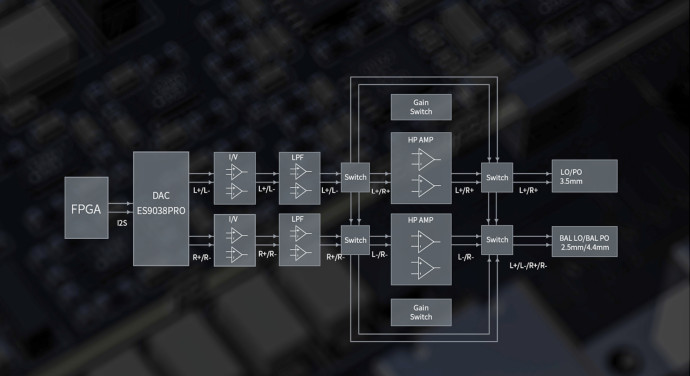
As usual, you can top that with 32-bit HyperStream II architecture, Time Domain Jitter Eliminator and a mono mode for those who seek the highest performance, in a multi-channel system, or a dual-mono setup like the one used in FiiO’s players.
Downstream, the M15S traded the glorious THX-AAA 788+ amps for Texas Instruments chips: a set of OPA927 for I/V, paired with OP1612 Low-pas filtering chips / voltage amplification and the OPA926 for current amplification offering even more output power than the previous generation. Thanks to that, the player is also capable to get in ultra high gain mode (or circum-aural mode) to drive the most difficult sets.
Needless to say that you should be able to drive almost every headphone/IEM on the market with this setup. But, if you do that, you better put the M15S together with the FiiO DK3S, to ensure the best possible cooling.
CPU and RAM
Once again, FiiO pushed a Qualcomm 660 CPU in its player, with 4 “big” cores and 4 “small” cores. A chip many time more powerful than the previous Samsung Exynos and a league above Mediatek’s entry-level system, that will allow you to enjoy the player in the best conditions.
Most of the time, the player will use low-power cores to achieve basic tasks and will rely on the high-power one only when really needed.
Add to that 4Gb of LPDDR5 Ram (1Gb more than the M15), 64Gb of internal memory, a faster-operating frequency (up to 2.2GHz), and the M15S is almost future-proof for a DAP. I compared it to the FiiO M17 and honestly, they work exactly the same: switching between various apps is instantaneous, searching for your files is faster, and most of all, boot-up time is 5 times shorter than before.
The only player going head to head to the FiiO M15S in my list, apart from the M17, will be the iBasso DX320, but that one is almost $500 more expensive, so that makes sense.
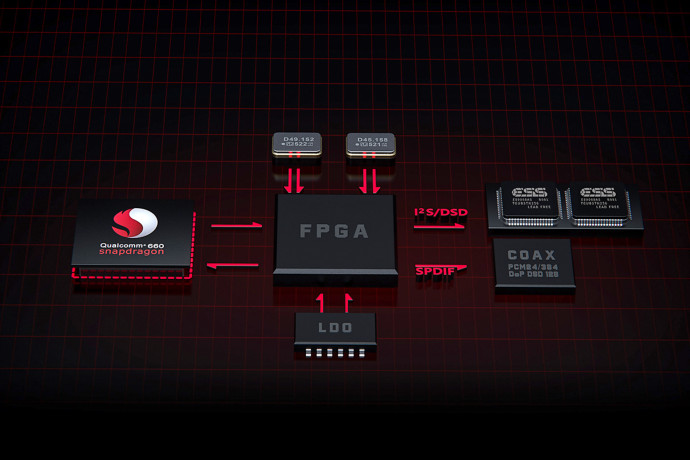
FPGA + NDK crystal oscillator
To ensure the best performances, FiiO developed a fourth-generation FPGA chip with “more advanced algorithms, more accurate clocks, and even further reduced jitter”. Unlike Chord which uses an FPGA chip as a DAC, here it’s used as a middle-man between the SPDIF circuitry and the dual ESS DAC – working in I2S/DSD
Add a set of two custom Japanese NDK femtosecond crystals, working hard to ensure everything is phase-locked / 100% bit-perfect, and you have your full DSD512 / PCM 32bit/768kHz support.
All of those chips are covered by custom anti-EMI modules that ensure perfect isolation from each other and avoid the annoying buzz while playing files from your streaming app, or just when you use Bluetooth.
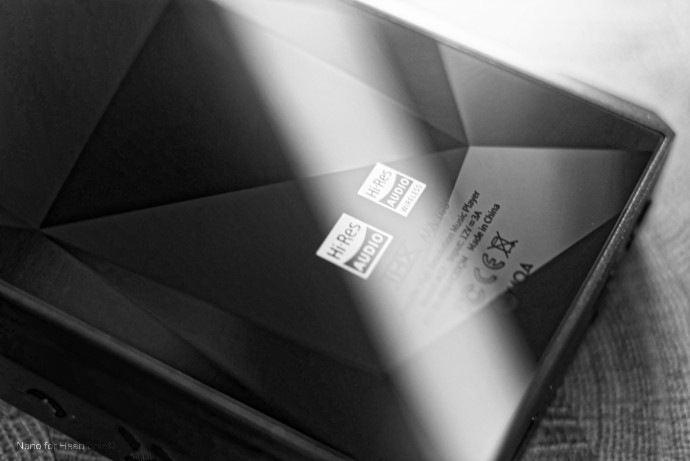
WiFi
The FiiO M15S supports 2.4Ghz and 5Ghz bands for faster and steadier connections. DNLA/UPnP are all there and of course, you can access a wide range of high-definition streaming platforms: Apple Music, Tidal, Spotify, Qobuz, Deezer, Napster, TuneIn, etc..
And, thanks to the new CPU downloading files and music is now faster, with download time taking seconds, instead of minutes.
Bluetooth
The FiiO M15S does it all SBC, aptX, apt-X HD, LDAC, LHCD/HWA, you name it, it’s supported.
The Hi-Res Audio Wireless Certified logo is well-endowed at the back of the player, with the Hi-Res Audio logo and THX blazon. Like the iBasso DX320 or the M17, the M15S supports duplex Bluetooth allowing you to use the player as a Bluetooth receiver with a smartphone, computer, or any Bluetooth emitter.
The Bluetooth 5.0 chip can transmit in SBC/AAC/aptX/aptX-HD/LDAC but only supports SBC/AAC/LDAC when receiving. Basically, with a compatible headphone or receiver, you’ll always get the best quality available. Of course, if you have a TOTL IEM or a massive can, a wired connection will always be the best one.
Do you still want the full specs? Ok, here they are for you.
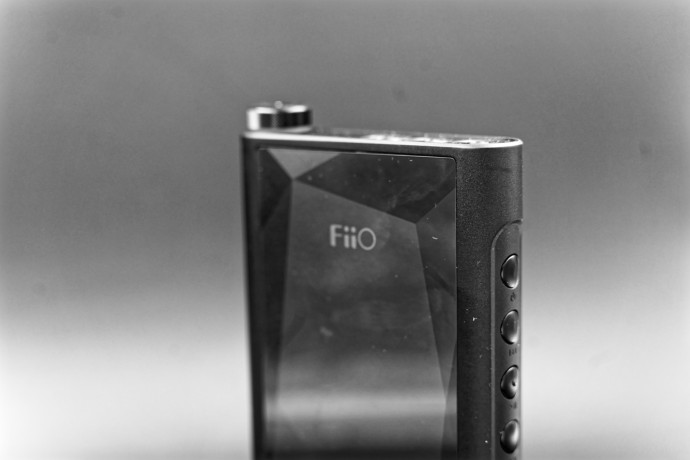
Full specs
You can find Fiio’s comprehensive specifications over here: https://fiio.com/m15s_parameters
- Model: FiiO M15S
- Type: Digital Audio Player
- OS: FiiO OS
- CPU: Qualcomm Snapdragon 660
- RAM: 4Gb LPDDR5
- Rom: 64 Gb (4Gb for the system)
- DAC: 1x ES9038PRO
- Sample rate : PCM : 8Hz – 384Hz (8/16/24/32bits) native – DSD64/128/266
- System clock: Full synchronization technology with 4rd Gen FPGA processor and dual Japanese crystal clock
- Outputs: 3.5mm TRS // 2.5mm TRRS // 4.4mm Pentaconn // USB-C
- Input: USB-C
- Screen: 5.5″ 1280x720IPS Screen from LG
- Micro SD: SDHC / SDXC (single slot)
- WiFi: 2.4 GHz / 5 GHz support
- Streaming supported directly – Full Google Play Support
- Bluetooth support: SBC, apt-X, apt-X HD, LDAC, HWA, (AAC receive only)
- Duplex Bluetooth: the player can emit and receive music
- Battery: 3.8V 6200mAh Li-Polymer
- Quick Charge: QC4.0, PD3.0
- Battery life: 10.5h with wired headphones (3.5mm), 9h with a Balanced headphone
- Charging time: around 3.5h
- Size : 140 x 80 x18.9mm
- Weight: 345g
- Price: $999 USD
Line Out
- Frequency Response : 20Hz – 50kHz (-1dB)
- THD: 0.00034%
- SNR: >124dB
- Crosstalk: 106dB
- Line Level: 2.00V
- Noise Floor: <1.2μV
3.5 mm Headphone out (super high)
- Output power : 475mW @16ohm / 395mW @32ohm / 57mW @300ohm
- Frequency Response : 20Hz – 20kHz (-0,5dB)
- THD : > 0.0005%
- SNR : > 121 dB
- Crosstalk : > 80 dB
- Output impedance : < 1.4 ohms (32ohms)
2.5mm / 4.4mm Headphone out (super high)
- Output power : 531mW @16ohm / 990mW @32ohm / 226mW @300ohm
- Frequency Response : 20Hz – 50kHz (-0.5dB)
- THD : > 0.00075%
- SNR : > 120.5B
- Crosstalk : > 1056 dB
- Output impedance : < 2.3 ohms (32ohms)
Time to plug the player now!
The article continues on Page four, after the click here
Page 1: about FiiO
Page 2: UI, Usage, Bundle
Page 3: Technical specifications
Page 4: Sound performance





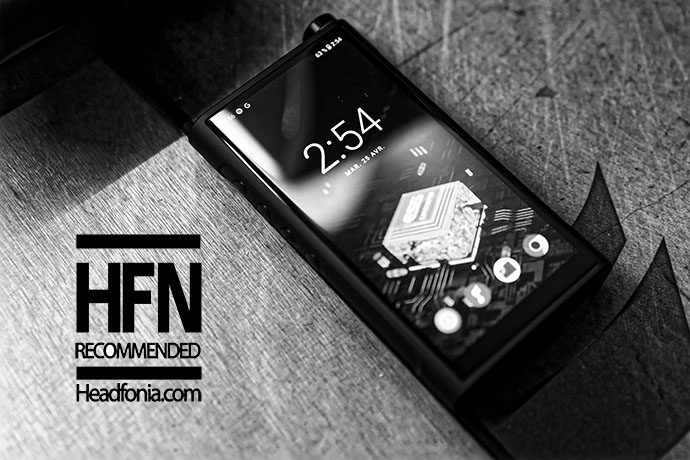
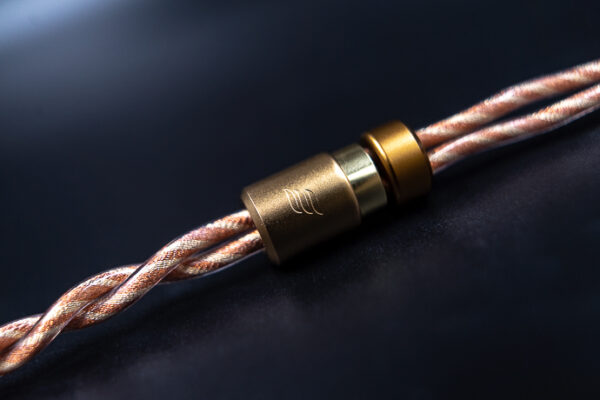
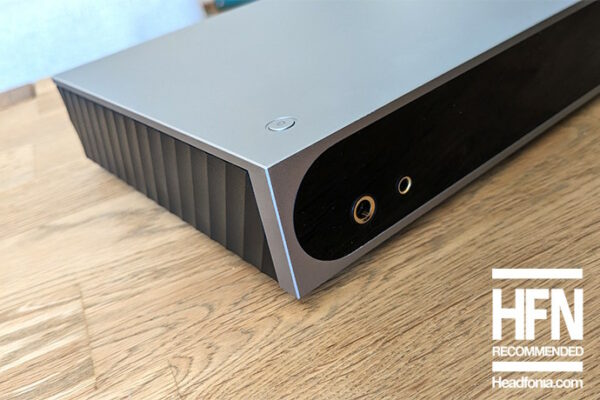
William Aitchison
Hi….many thanks for this superb review, I have a FiiO M15S (previous was an M11 ESS) and this M15S is MUCH better and I agree with every word of the review….I waited ages for this Mark II M15 and I am not disappointed….
Interestingly I also have the A & K PA10 and agree with the reviewer, it lifts the audio quality to another level…..a word of caution though, I found using the A &K supplied unbalanced jumper cable not that good but going to a 4.4mm to 4.4mm balanced connector ( as shown in the review) made a substantial difference the the sound quality and I’m surprised A & K did not include one considering the cost ay the PA10 and the very modest cost of the jumper cable.
That said, the FiiO M15S is the best FiiO I’ve had yet (and I’ve had a few!) and once again thank you for a great review.
Happy listening!!
Gregory David
Thanks for the review! Question, I would like to use the M15s as a transport from 3.5 mm to COAX, not the USB. Did you try out this function?
Thanks,
GD
snoops
what is up with all these black and white photos? You really cant get a good feel or look at the player doing that.
Marty
Would love to hear thoughts on how it compares to the ibasso dx240.
Growltiger
This is a fair review but it misses the main feature (except for a dismissive passing reference). This is the provision of additional gain levels when the DAP is plugged into a fast charger. The super and ultra high levels for over-the-ear cans make a transformative difference in precision, clarity, tonality and staging. You don’t have to listen with a high volume setting to get the benefit. I had been getting a bit disappointed with the M15S and Hifiman Arya combination until I “discovered” this hidden feature, after deciding to by a fast charger (£10). It unlocked the qualities of both. Of course, this is not a portable mode, but it is outstandingly good. You don’t get any of it without the mains electricity. Hence this tepid review.